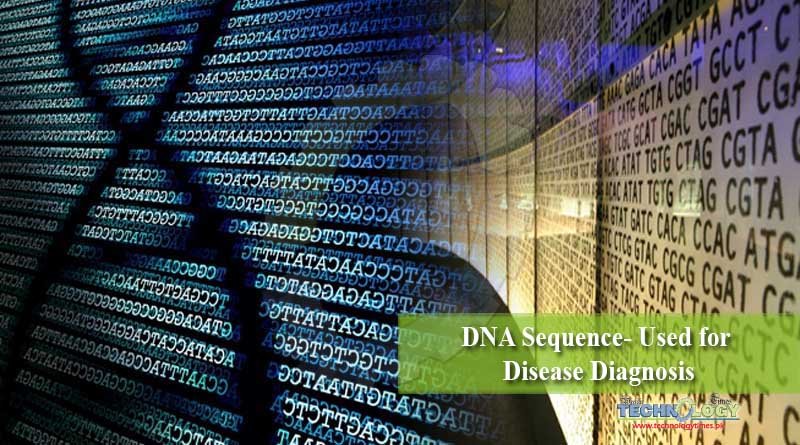DNA sequence is a process used to determine the order of nucleotides in a specific DNA molecule. DNA has a dual helix structure composed of four chemical bases that are always present in the same pairs.

Author: Rija Zainab Butt
These pairs form the basis of DNA molecules and the way cells replicate and divide. This concept is at the core of DNA sequencing methods. This provides useful information to researchers in understanding the genetic information carried in DNA, which may affect its function in the body.
This, in turn, can help detect genetic changes that may be associated with causing certain health conditions. The first DNA sequence was obtained by academic researchers in the 1970s using painstaking methods based on two-dimensional chromatography.
Following the development of fluorescence-based sequencing methods with DNA sequences, DNA sequencing has become easier and orders of magnitude faster. Broadly, there are two types of DNA sequencing; Shotgun and high-throughput.
In Shotgun, Small fragments of the first 100 to 1000 base pairs comprise a rapidly expanding firing pattern to interpret DNA, which is then overlapped with the computation analysis system.
High-throughput is the next generation method of DNA sequencing, which has led to the rapid proliferation of DNA sequencing and extensive knowledge in the field.
DNA sequencing has identified difficult-to-diagnose diseases in humans. The technique, which simultaneously decodes thousands of genes, has been used in laboratories since 2009 to reveal genes related to diseases.
This information can divide important information about the role of certain DNA patterns and sensitivity to health conditions or response to medical treatment. It is now successfully transferred to the clinic, where patients do not know exactly what the problem is and perhaps their family does not know the history of the disease, and physicians have some clues as to which gene may be causing the problem. They get these clues using the results of DNA sequencing.
For example, DNA sequencing is currently being used to help cancer patients identify the type of cancer that dictates treatment decisions for the patient. Similar methods are currently under development for other health conditions that are likely to have genetic elements, such as heart disease and diabetes.
Another mitochondrial disease, which affect the way the body produces energy, are notorious for making diagnoses, found in at least one in every 5000 people, diseases often involve multiple genes, and symptoms differ. Elena Tucker and colleagues at the Murdoch Children’s Research Institute Australia, along with Vamsi Mutha from Harvard Medical School, sequenced the genomes of 42 children who had symptoms suggesting they carry mitochondrial disorders.
To determine which disorder each child carries, the team looked at 100 or more genes in the DNA of its mitochondria and within its nuclear DNA that are already associated with mitochondrial diseases. He also looked at 1000 nuclear genes that play a role in mitochondrial biology. To distinguish between harmless genetic variations and those that may be the cause of a disease, the team compared patients’ genomes with databases of genetic diversity recorded in the general population.
Ten children had mutations in genes previously associated with mitochondrial diseases. Mutations previously associated with any disease were not found in the other 13 children. Researchers said that these patients can confirm the function of these genes once studied.
In this way he got mitochondrial disorder with the help of gene sequencing technique. The researchers stated, “Most of these diagnoses were in children whose (diseases) could not be easily diagnosed using traditional methods”.
In Molecular Biology, DNA sequence analysis is one of the most important techniques. This allows rapid and complete determination of the exact chemical composition of the genetic material. In fact, DNA sequencing has become an important technique in many fields of biology and other sciences.
The routine use of DNA sequencing as a diagnostic tool for general practitioners remains a possibility for the future, but there are some methods that are already using sequencing for medical purposes. The rate of diagnosis will improve over the next few years as the list of genes associated with diseases increases, and it becomes clear how mutations cause diseases.